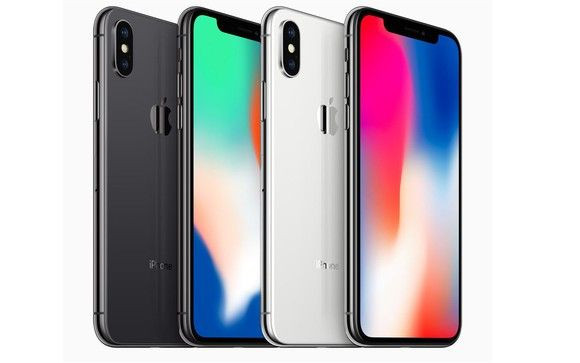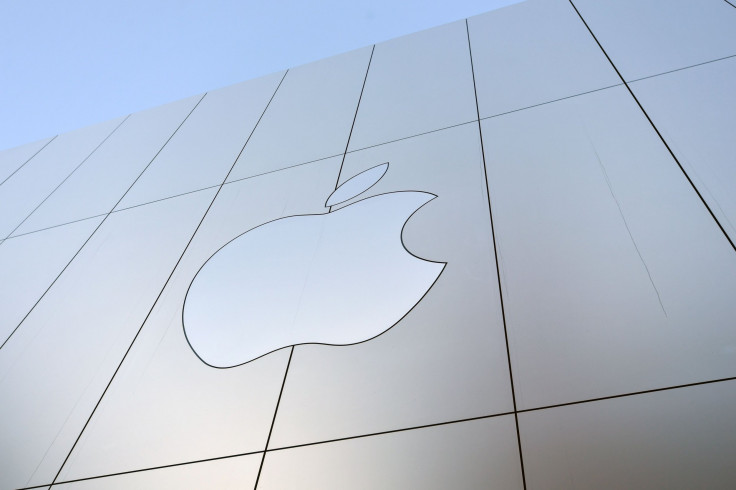Apple Inc.'s iPhone Average Selling Price Challenge

This article originally appeared in the Motley Fool.
One of Apple's (NASDAQ:AAPL) major triumphs in its most recent quarter was a surge in iPhone average selling prices. Thanks in large part to the introduction of the iPhone X, which starts at $999 and goes to $1,149 for the variant with the largest storage configuration, the iPhone's average selling price jumped to around $796 -- up substantially from roughly $695 in the year-ago quarter.
The increase in average selling prices was entirely responsible for iPhone revenue growth during the quarter since unit shipments were down about 1% year over year.
Clearly, the introduction of the premium-priced iPhone X -- and the subsequent customer adoption of the product line -- was great for the iPhone business last quarter and is likely to be the main driver of iPhone revenue growth during Apple's current fiscal year.
Here's why the success of the iPhone X in boosting the average selling prices in the current cycle, however, could make it more challenging for the iPhone business to grow in the next one.
It May Come Down Mostly To Unit Growth
Later this year, Apple is expected to launch three new flagship iPhone models. The highest-end models are expected to be successors to this year's iPhone X as well as a larger version of the successor to the iPhone X. The lower-cost model -- that is, the smartphone that will supposedly succeed both the iPhone 8 and iPhone 8 Plus -- is expected to offer many of the features of the iPhone X, but with some downgrades in terms of display technology, internal specifications, and casing materials to keep manufacturing costs in check.
The good news is that the introduction of the lower-cost model could help increase iPhone unit shipments. Indeed, this device is likely to be the perfect product to cater to individuals who want an iPhone that's very similar to the iPhone X but simply can't or won't spend $999 -- or more -- to buy one. Such a device could drive owners of older iPhone models to upgrade and help Apple widen its share of the market.
However, if the lower-cost iPhone becomes Apple's most popular -- respected analyst Ming-Chi Kuo with KGI Securities thinks that about half of the new iPhone models shipped in the next product cycle will consist of this lower-cost iPhone -- then that could serve to moderate the current trend of increasing iPhone average selling prices. This would mean that the iPhone business would need to rely on unit shipment growth rather than a higher average selling price.
A Potential Offsetting Factor
If Apple introduces the lower-cost iPhone within the rumored $700-$800 price range (that's higher than the starting price of an iPhone 8 but probably lower than the starting price of the iPhone 8 Plus), then it could potentially offset potential average selling price erosion with the updated version of the iPhone X and its larger counterpart.
Indeed, if the next iPhone X costs as much as the current one and the next, larger iPhone X is even more expensive, then sales of those models (particularly the next iteration of the larger iPhone X) could counterbalance any average selling price erosion caused by the expected popularity of the lower-cost iPhone.
The long-term goal for Apple has to combine both unit shipment growth (likely requiring meaningful market segment share gains) and average selling price growth (through a broader portfolio of products and aggressive product and feature segmentation) to keep the iPhone business as a growth engine for the company.

Ashraf Eassa has no position in any of the stocks mentioned. The Motley Fool owns shares of and recommends Apple. The Motley Fool has the following options: long January 2020 $150 calls on Apple and short January 2020 $155 calls on Apple. The Motley Fool has a disclosure policy.





















